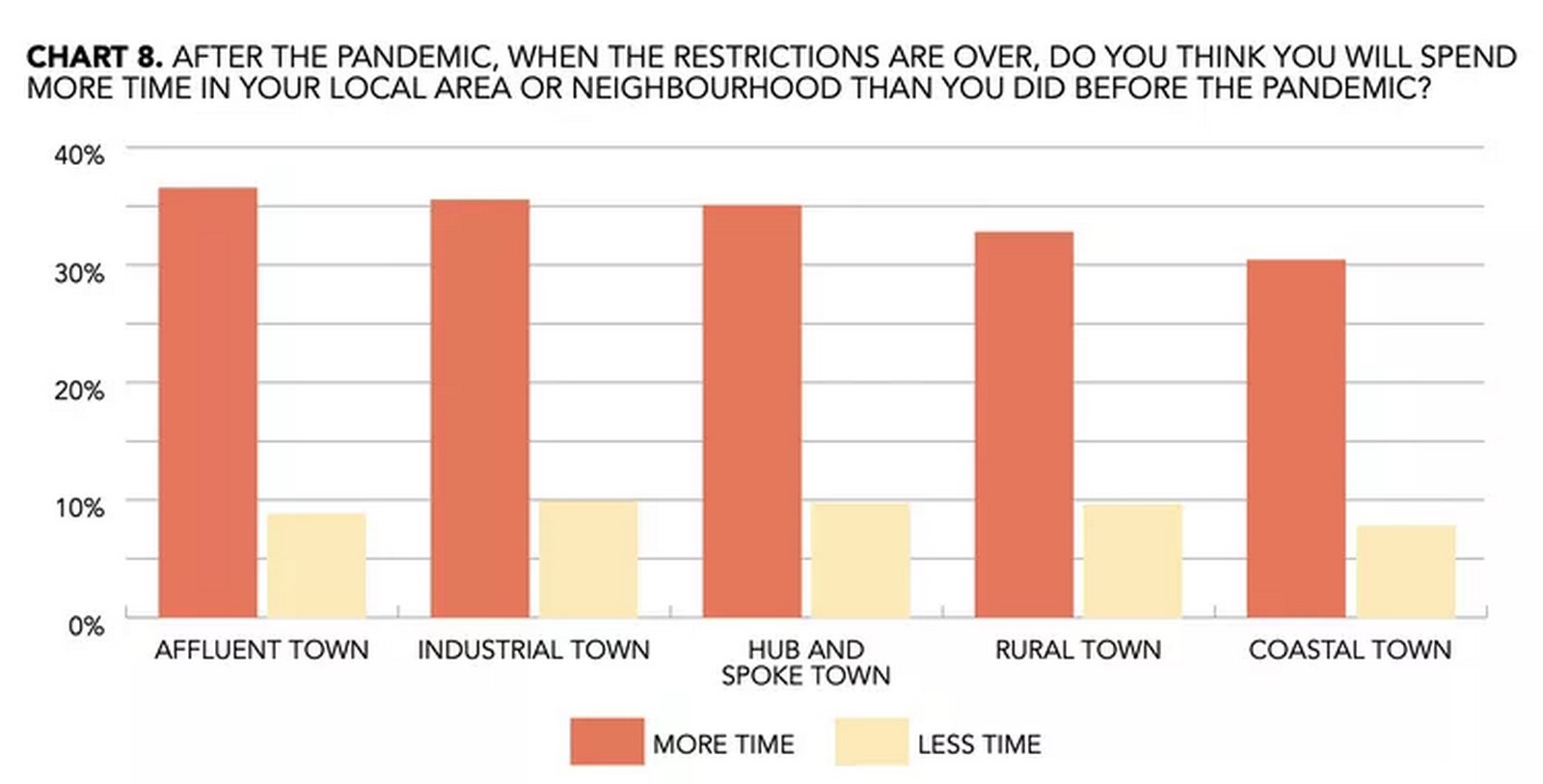As the landscape of work continues to evolve, the concept of hybrid work, blending remote and office-based tasks, emerges as a promising model for fostering collaboration and well-being. This shift not only reshapes the dynamics of the workplace but also holds transformative potential for our cities and surrounding communities.

Redefining Work Dynamics
The transition from traditional office setups to hybrid work arrangements reflects a broader cultural shift, emphasizing flexibility and adaptability in response to changing needs and preferences. As highlighted by Jared Spataro of Microsoft, the informal interactions facilitated by office environments play a vital role in fostering connection and maintaining organizational culture.
The Role of Community and Belonging
Studies underscore the importance of fostering a sense of community and belonging in the workplace, with strong social ties correlating with increased productivity, engagement, and innovation. Hybrid work models offer opportunities for employees to balance autonomy and collaboration, contributing to overall well-being and organizational success.

Implications for Urban Planning
The rise of hybrid work has profound implications for urban planning, challenging conventional notions of city centers and commuting patterns. As individuals spend more time in their local neighborhoods, there is a growing emphasis on enhancing community infrastructure and amenities to meet evolving needs.
Revitalizing Neighborhoods and Small Towns
The Post Pandemic Places study conducted by Demos sheds light on the shifting preferences and behaviors of urban residents, highlighting a renewed interest in local neighborhoods and town centers. This presents an opportunity for policymakers and stakeholders to prioritize neighborhood regeneration and create vibrant, inclusive communities.
Promoting Sustainable and Inclusive Development
By promoting remote work and decentralizing economic activities, governments can foster more sustainable and inclusive urban development. Reduced reliance on traditional commuting patterns not only alleviates traffic congestion but also enhances accessibility for individuals with mobility disabilities and caregiving responsibilities.

Embracing Change for a Brighter Future
As we navigate the post-pandemic landscape, embracing hybrid work as a catalyst for urban revitalization offers a pathway to more resilient, vibrant cities. By reimagining the relationship between work, community, and urban spaces, we can create environments that prioritize well-being, sustainability, and economic prosperity for all.
Conclusion: A Vision for Tomorrow
The shift towards hybrid work signals a new era in urban living, one characterized by flexibility, connectivity, and community. By harnessing the potential of remote work to drive neighborhood regeneration and foster inclusive growth, we can build cities that are not only resilient but also vibrant, thriving hubs of innovation and creativity.












